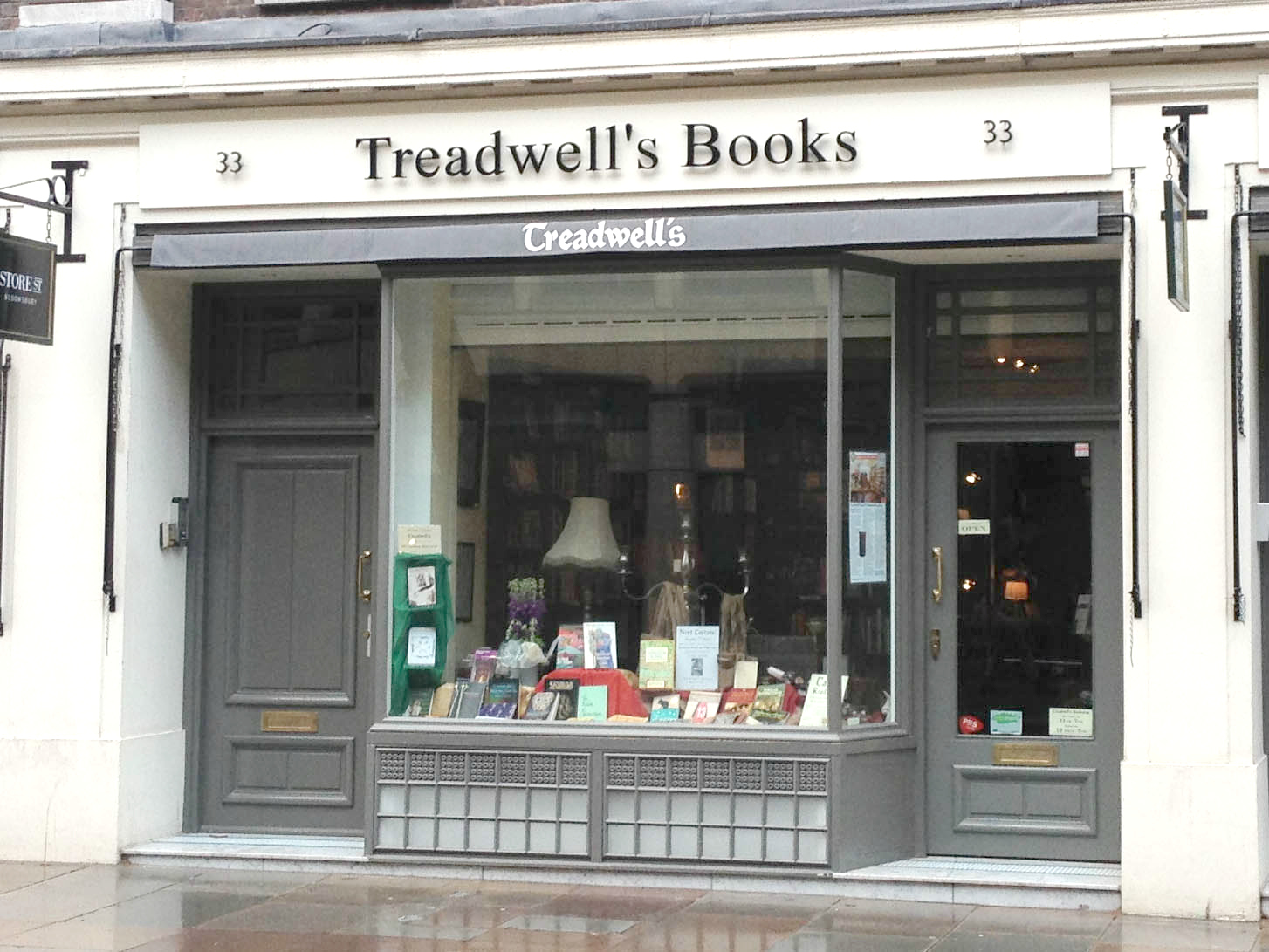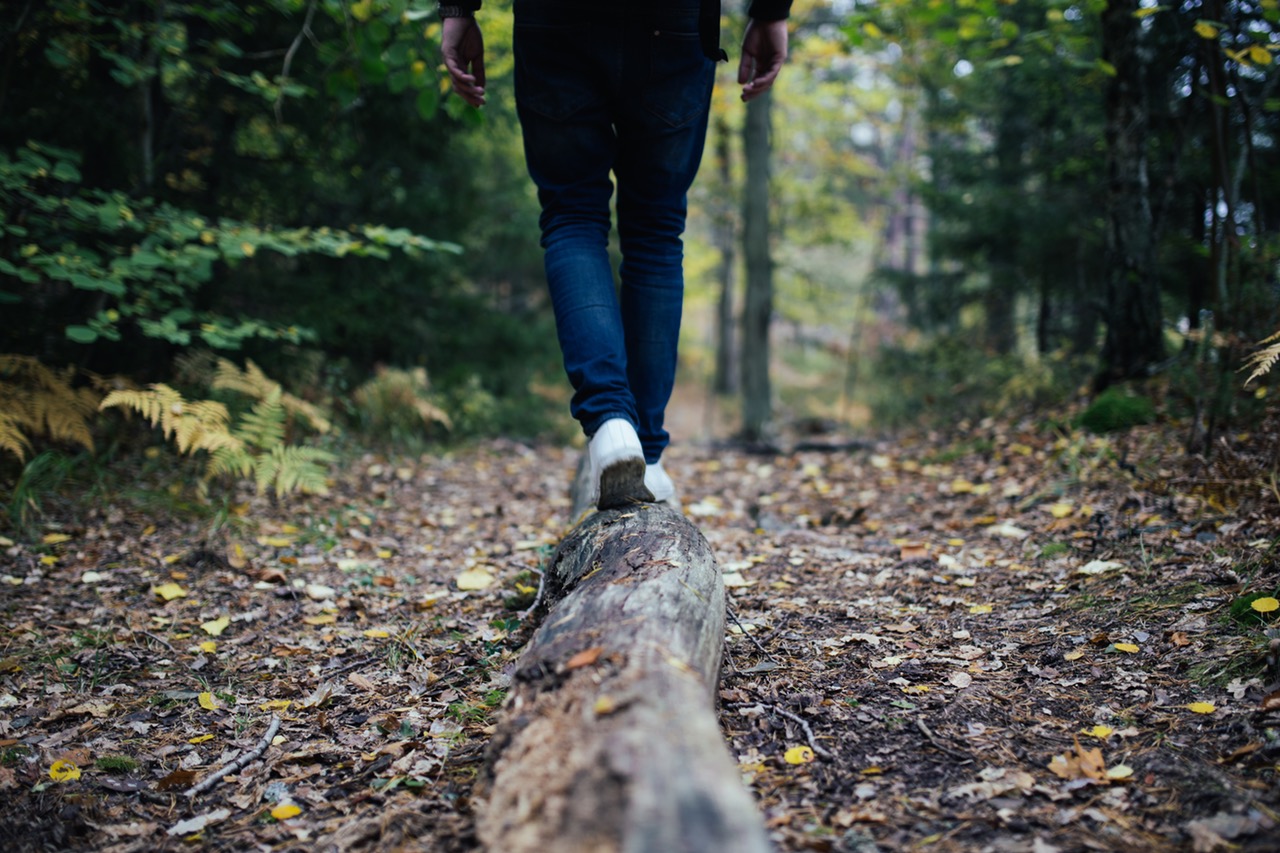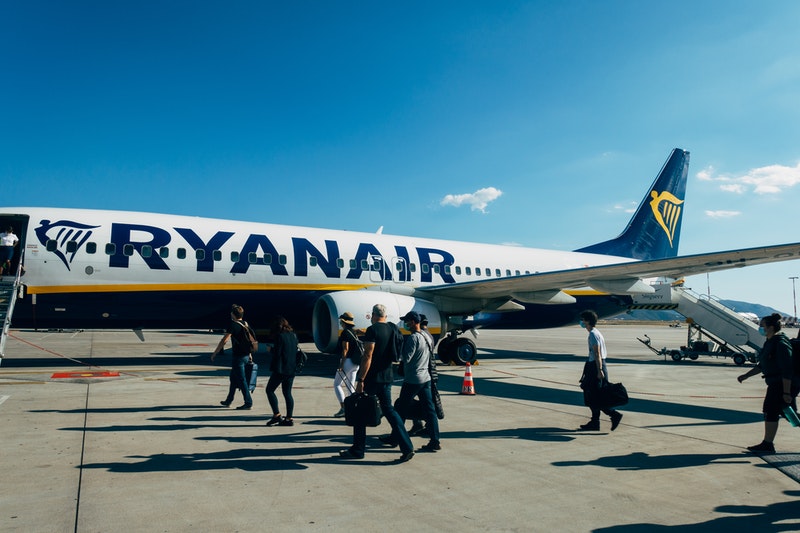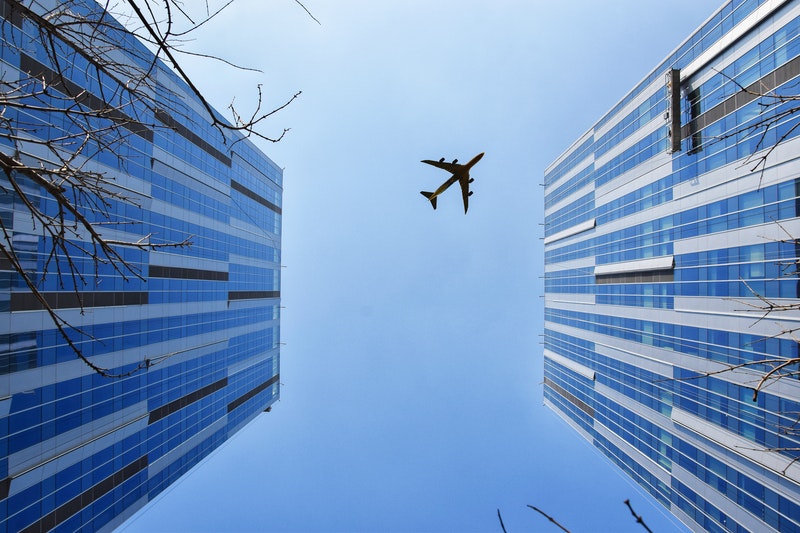Irish Jubilation: Exploring the Heart and Soul of Traditional Irish Celebrations
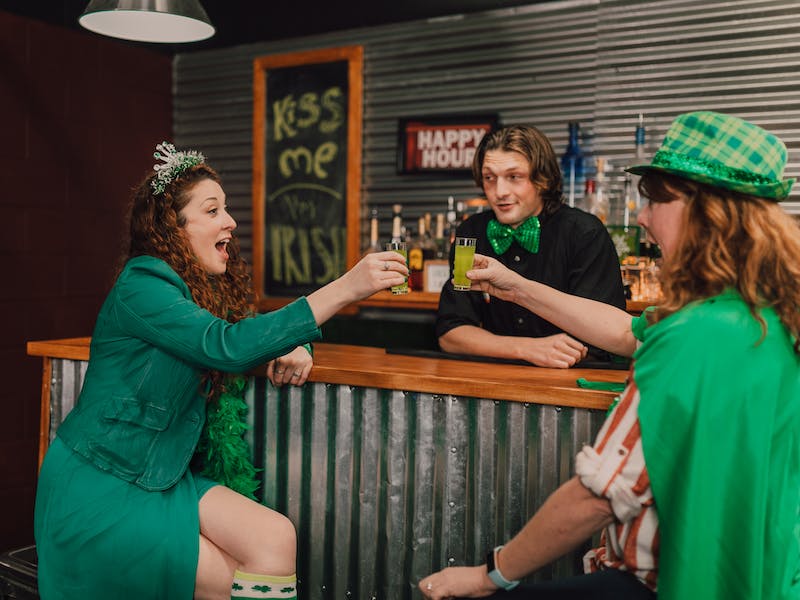
Ireland, known for its rich cultural tapestry, has its roots in traditions passed down through generations. Irish celebrations range from lively festivals to intimate gatherings, reflecting the country’s history, folklore, and people’s enduring spirit. In this article, we will delve into the heart and soul of traditional Irish celebrations, revealing the essence that makes them truly unique.
- St. Patrick’s Day
St. Patrick’s Day, the most well-known of all Irish celebrations, has a special place in the hearts of both Irish people and those who attend the festivities around the world. St. Patrick’s Day, celebrated on March 17th, honours Ireland’s patron saint and has grown into a global phenomenon. In Ireland, the day is celebrated with parades, traditional music, dance, gifts and the wearing of green. It’s a joyous expression of Irish identity, and the world turns green to honour the Emerald Isle.
- Céilí Dancing
Céilí dancing, a traditional Irish social dance, is important to many celebrations. The term “céilí” refers to a gathering or party, and these dances symbolize community spirit. Céilí dancing, accompanied by energetic traditional music, creates a sense of togetherness as participants form intricate patterns and forge connections through shared movements. Whether at weddings or local gatherings, céilí dancing captures the joy and camaraderie of Irish celebrations.
- Bealtaine
Bealtaine, celebrated on May 1st, signifies the start of the warmer season. Bealtaine, traditionally associated with the Gaelic festival that marks the start of summer, is a time for bonfires, music, and dancing. In modern times, communities gather to celebrate the arrival of warmer weather with outdoor events, instilling a sense of renewal and anticipation for the coming months.
- Samhain
Samhain, celebrated on November 1st, is deeply rooted in Celtic traditions. Samhain, often regarded as the precursor to Halloween, marks the end of the harvest season and the start of winter. Communities come together to honour their ancestors, with bonfires illuminating the night and celebrations that combine the mystical and earthly. Samhain reflects the Irish people’s deep connection with their history and the changing seasons.
- Imbolc
Imbolc, which occurs at the beginning of February, marks the arrival of spring. This celebration honours the Celtic goddess Brigid, who is associated with fertility, healing, and poetry. Imbolc is traditionally celebrated with agricultural calendar-related rituals, such as the lighting of candles to welcome the lengthening days. It is a time when communities come together to shake off the winter chill and celebrate the promise of new life.
- Pattern Days
Pattern days, which have their roots in Irish Christian history, are celebrations associated with saints’ feast days. These events frequently include a journey to a holy site where participants engage in religious ceremonies, prayers, and communal activities. Pattern days celebrate the fusion of Celtic and Christian influences, emphasizing the interconnectedness of Irish spirituality and culture.
- Feast of Lughnasadh
Lughnasadh, celebrated in early August, marks the start of the harvest season. The festival is named after the Celtic god Lugh, who is associated with skill and craftsmanship. It includes feasting, games, and communal gatherings. Communities come together to celebrate the land’s bounty, demonstrating the long-standing connection between the Irish people and the natural cycles.
- Eisteddfod
While the Eisteddfod tradition originated in Welsh culture, it has since spread to Irish celebrations. Eisteddfod is a literary, musical, and performance festival in which participants demonstrate their skills in a variety of artistic disciplines. These gatherings serve as a platform for celebrating Irish culture while also encouraging creativity and artistic expression in the community.
As you immerse yourself in these joyful traditions, you embark on a journey through time, discovering the enduring spirit that makes Irish celebrations so unique.
